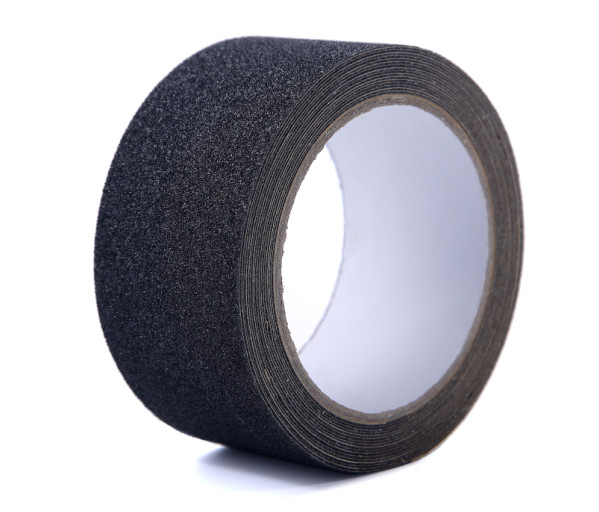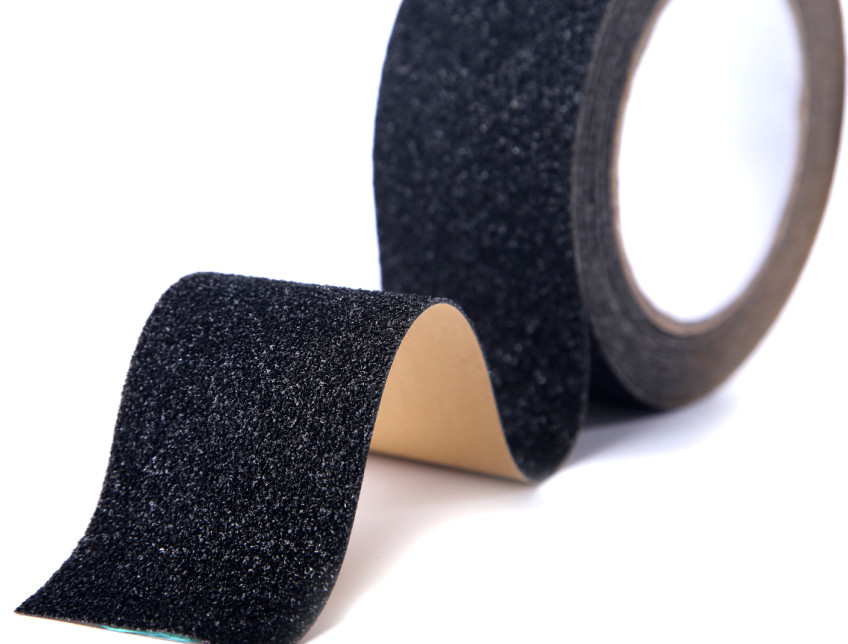PET Anti Slip Tape
Our PET anti slip tape is made of premium PET material and selected aluminum oxide grit, coated with special upgraded solvent acrylic adhesive. It has super strong durability, long lasting high adhesion, uniform sand surface, good waterproof ability. It can be used instead of 3M 600 series, function and quality are similar, but the price is much more economical. Service life of our PET anti slip tape is 2 years. It is perfect to be used for flat surfaces, steps, stairways, entrances, ramps, ladders, lawn equipment, snowmobiles, scooters, construction machinery and vehicles, other machinery and vehicles
It has different colors, such as black, transparent, grey, yellow, yellow/black, etc. Other colors also can be customized. The width ranges from 10mm to 1070mm, the length can be 2meters to 120.2meters.


PET anti slip tape, anti slip grip tape, 3M anti slip tape, safety-walk slip resistant tape, safety walk anti slip tape
Kunshan Jieyudeng Intelligent Technology Co., Ltd. , https://www.jerrytape.com